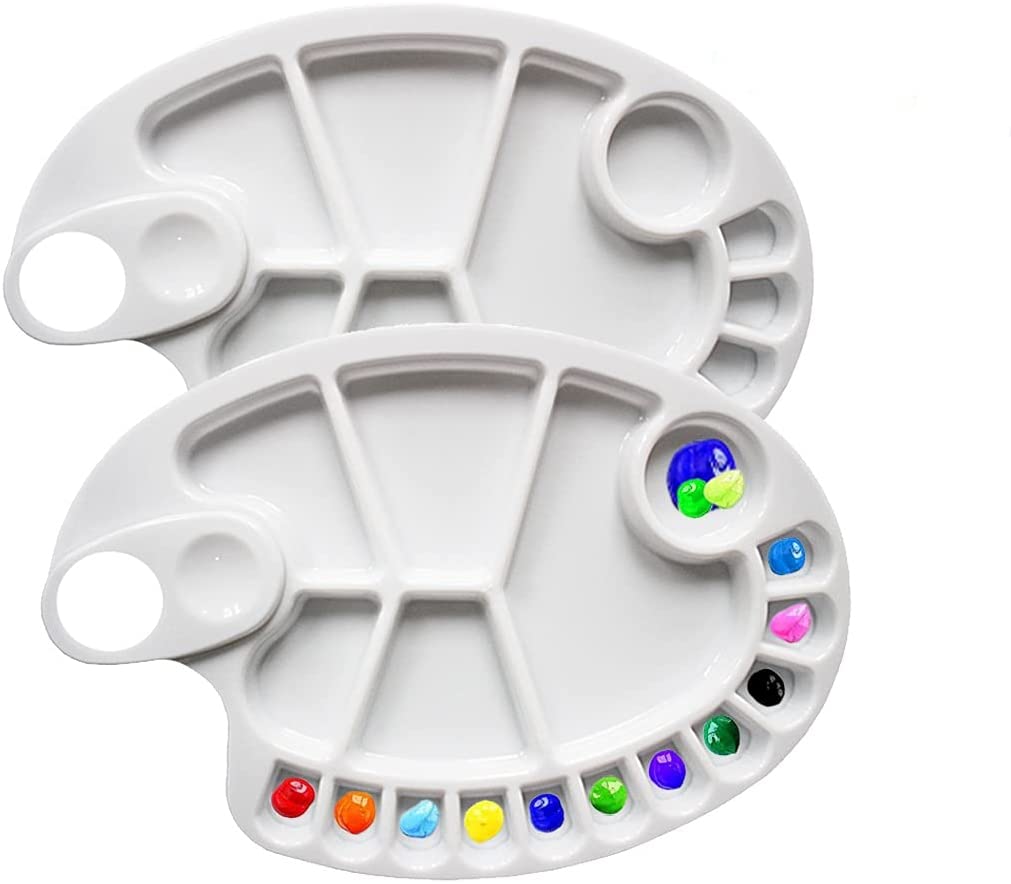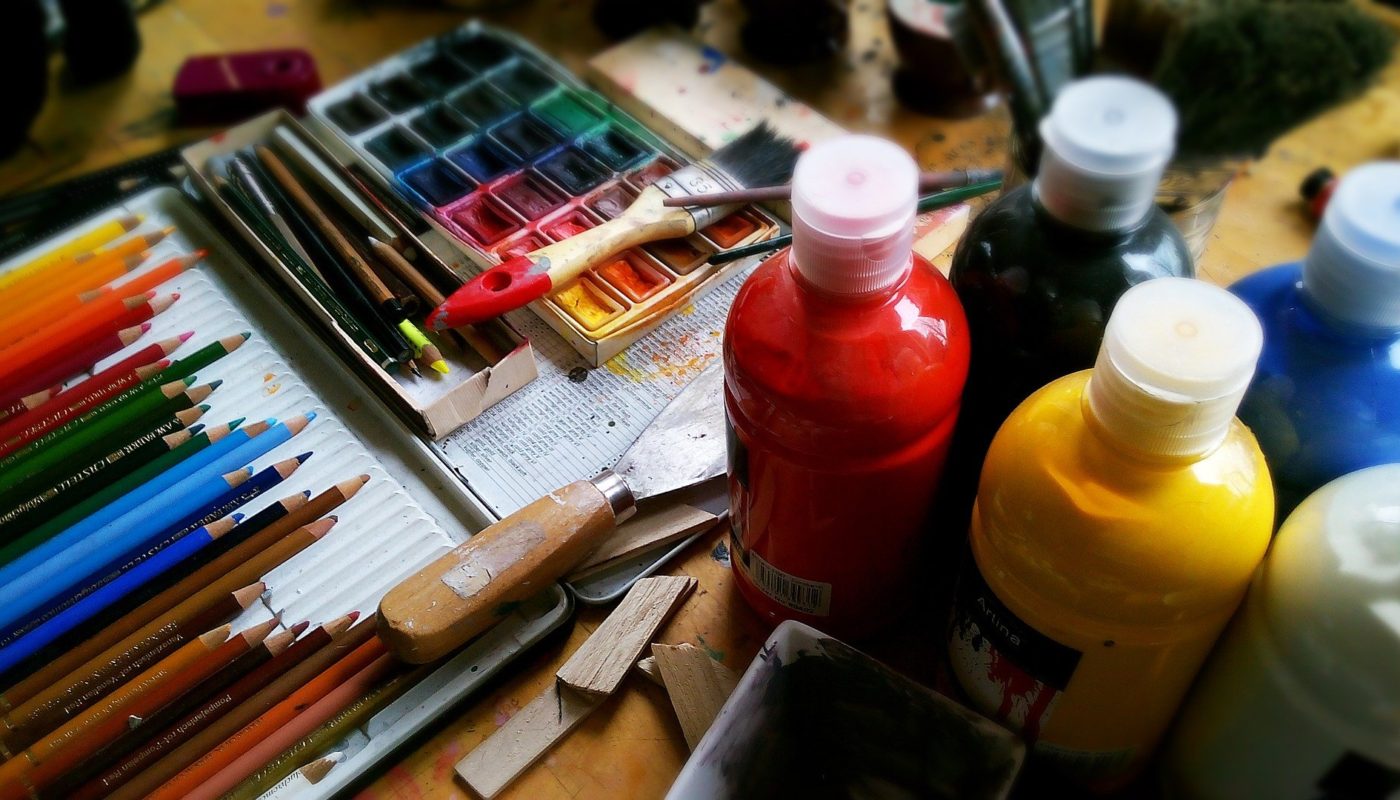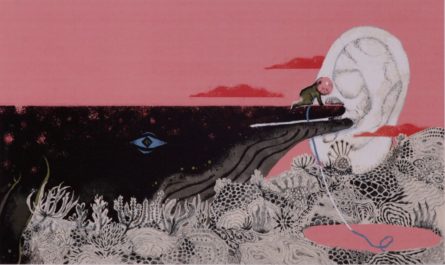While getting started painting can be daunting given the wealth of incredible art that has been produced for centuries, it can also be an enjoyable pastime for anyone to try. Painting is a calming hobby that also allows you to express yourself creatively. On top of that, it’s surprisingly affordable to get started and you can make real progress very quickly with a little dedication.
Start Learning
Find Local Classes
Even if you don’t live in a major city, there are probably inexpensive classes available for beginners in your area. Try asking in local Facebook groups or check community centers. In-person learning is a great way to get started painting because you’ll not only have a teacher to guide you through painting techniques at your own pace, but you’ll meet fellow students to learn from and who can help encourage you. The social aspect is also a great bonus that makes learning to paint fun and something to look forward to.
Online Courses
There are many great options online for people looking to learn how to paint. YouTube is an excellent free resource with lots of videos to fit any skill level or interest. Because it’s free and easy to get started with, people who aren’t sure yet if they really want to jump into the world of painting should start here. It will give you a good idea of what will be involved if you continue on the journey, but with very little commitment on your end.
In addition, you can look into paid services too. These will usually be more involved in their approach with some even giving you the ability to interact directly with your painting instructor.
View Great Art
Just like writers should read a lot, painters should look at a lot of paintings. Viewing art is a good way to get inspiration and discover new techniques and styles to try your hand at. Head over to a local museum and see paintings up close in person. Be sure to join local Facebook groups too so you can learn about any art-related events in your area.
You can also check out some of the greats online. If you aren’t able to travel across the globe viewing masterpieces in person, pulling them up on Google Images is a close consolation. You won’t get the same effect as viewing them directly with your own eyes, but you could still learn a lot from studying images of them. You can also read up on a lot of famous works to learn more about the techniques involved in creating them.
Self-Teach!
Believe it or not, it is possible to learn painting through self-teaching. Of course, this is going to be difficult, particularly if you want to achieve a great deal of technical skill. However, some of the best early artists had to work out these concepts on their own. In fact, great painters like Frida Kahlo and Vincent Van Gogh were self-taught.
While you don’t have to do this thanks to the hard work of people like Da Vinci, there can be a lot of value in simply experimenting with painting on your own. Some people might find it difficult to grasp certain concepts taught to them, but if you come across it in practice, then maybe it’ll be easier to make sense of in your head.
It’s probably best to do a bit of both, though. You’ll want to learn from experts to boost your painting skills, but once you’ve got a solid understanding of the techniques, feel free to do your own experimentation and exploration. You might stumble upon a unique style and find your own voice for your artwork.
Materials You’ll Need
If you do choose to give painting a go, it can be tough to tell what materials are best when getting started. To help out, here’s a list below to give you pointers on what you need to get going on your painting journey:
It can be difficult to know what paint to get when you are first starting out. There are three main types: oil, acrylic and watercolor. You may already know which you prefer but if not, you can try them all out to work out your favorite without it costing too much. The quality of the paint is also important. Student quality will be more affordable to begin with but you will be able to notice the difference if you choose to upgrade to artist quality. From there, you can experiment with different brands and colors as much as you’d like.
Paint Brush Set
Choosing which paint brushes to use can be a little daunting for those just getting started. There are multiple different styles and sizes of brushes and these can very depending on the brand. To get started, consider a starter brush set as this will have all the essentials and you can work out your preferences from there.
Easel
When choosing an easel it is important to consider where you’ll be doing your painting. If you’ll be painting outdoors or changing locations a lot, you may opt for a more lightweight frame as it’ll be easier to move around. If you have a particular spot in mind a larger, heavier easel will provide you with more stability and will be able to support a larger canvas.
Paint Palette

To hold and mix your paint, you’ll need a paint palette. There are, once again, multiple different types but for those starting out, toned, disposable palettes are an affordable and convenient option.
Canvas
The most common material to paint on is a canvas so getting one is a good starting point for any beginner. While you can always prime a canvas yourself, getting one where this process has already been completed will mean you can get straight to painting.
Palette Knife
While you might think a palette knife is not essential given that it’s primary use is mixing paint, it can actually be a very diverse tool. Many painters utilize their palette knife in collaboration with their brushes to create sharp, bold tones in their art. They also significantly speed up the clean up process which can save you a lot of time over the course of a painting.
Painting can be incredibly rewarding and having the right materials is an important first step when getting started. Once you’re up and running, you can switch up these materials to suit your own style and preference. There are endless possibilities when it comes to painting and anyone can give it a go, so just getting started is often the most important step.


